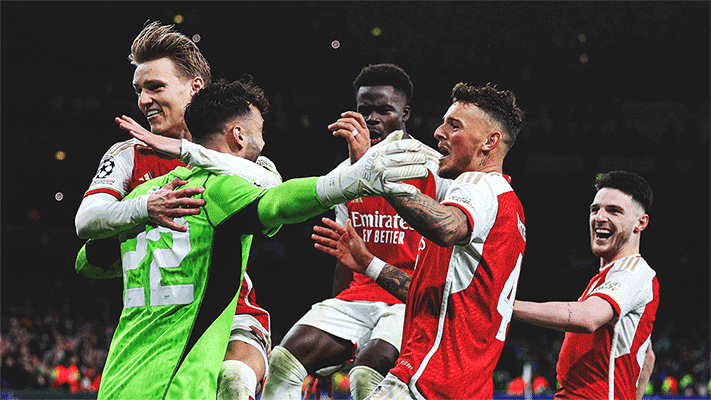Arsene Wenger has played a variety of midfield formats in the opening weeks of the season, and is still experimenting to find the right balance in the centre of the pitch.
Francis Coquelin has made himself a regular, impressing with his relentless tackling which has drawn particular praise from Wenger. But Coquelin's distribution, while improving, is still not his major quality, and therefore Wenger has found that Santi Cazorla is his most logical partner.
Rarely used in a deep central midfield role until the second half of last season, Cazorla has nevertheless developed into a very accomplished player in that role, and provides the guile Coquelin doesn't always offer.

Santi Cazorla
Cazorla's move into that role is something of a surprise. In his highly successful years with Villarreal and Malaga, he was used as a 'drifting' wide midfielder in a 4-4-2 (or 4-2-2-2) formation, replicating the movement of countrymen like David Silva and Juan Mata to become a number ten, a position he sometimes played permanently.
He played those two roles in roughly equal measure during the first two-and-a-half years of his Arsenal career, and then started to play deeper. In a sense, it feels like a natural shift at this point, because arguably Cazorla's major attacking weakness is his lack of outright speed.
Players without searing pace often excel more in deeper positions - and it’s not unusual for attacking midfielders to drop back later in their career to play a more withdrawn role. But Cazorla has impressed because he's able to play both roles expertly.

Santi Cazorla
From a deep midfield position he can boss the game, set the tempo of the passing and play the initial passes into the dangerzone, feeding Arsenal's more advanced attackers.
"He can pass from deep midfield to high midfield better than everybody and get out of pressure. He is not anymore a player on the flanks who can overlap and cross the ball"
Arsene Wenger
“Cazorla is important at the start of the game when the ball comes from our defenders,” says Wenger. “He can pass from deep midfield to high midfield better than everybody and get out of pressure. That’s why I positioned him more central. He is not anymore a player on the flanks who can overlap and cross the ball.”
When fielded in his old role, though, Cazorla is still dangerous. If he lacks pace, he certainly boasts an ability to beat defenders with a clever slalom reminiscent of compatriot Andres Iniesta, and his timing of through-balls is magnificent. Cazorla's experience in two different zones means he understands the need to alter his distribution based upon his location on the pitch.
For example, in Saturday's narrow 1-0 win over Newcastle, Cazorla was extremely methodical with his distribution from deeper positions, knocking reliable passes out to the flanks from deep midfield positions and barely conceding possession.
But he attempted more ambitious passes higher up the pitch, and while he occasionally conceded possession in those situations, that was simply a byproduct of trying to play the killer pass.

Cazorla's passes against Newcastle United
That’s the key - he has the mentality to play the two different passing roles, either retaining the ball steadily or going for more incisive balls to create chances.
While excelling in his current position, it feels like Cazorla might occasionally return to his more advanced midfield position at some point, particularly if Wenger decides he wants to use Ramsey in a central midfield role, or if Mikel Arteta gets a run in the team. If that happens, Cazorla is likely to adjust seamlessly.
Copyright 2025 The Arsenal Football Club Limited. Permission to use quotations from this article is granted subject to appropriate credit being given to www.arsenal.com as the source.











